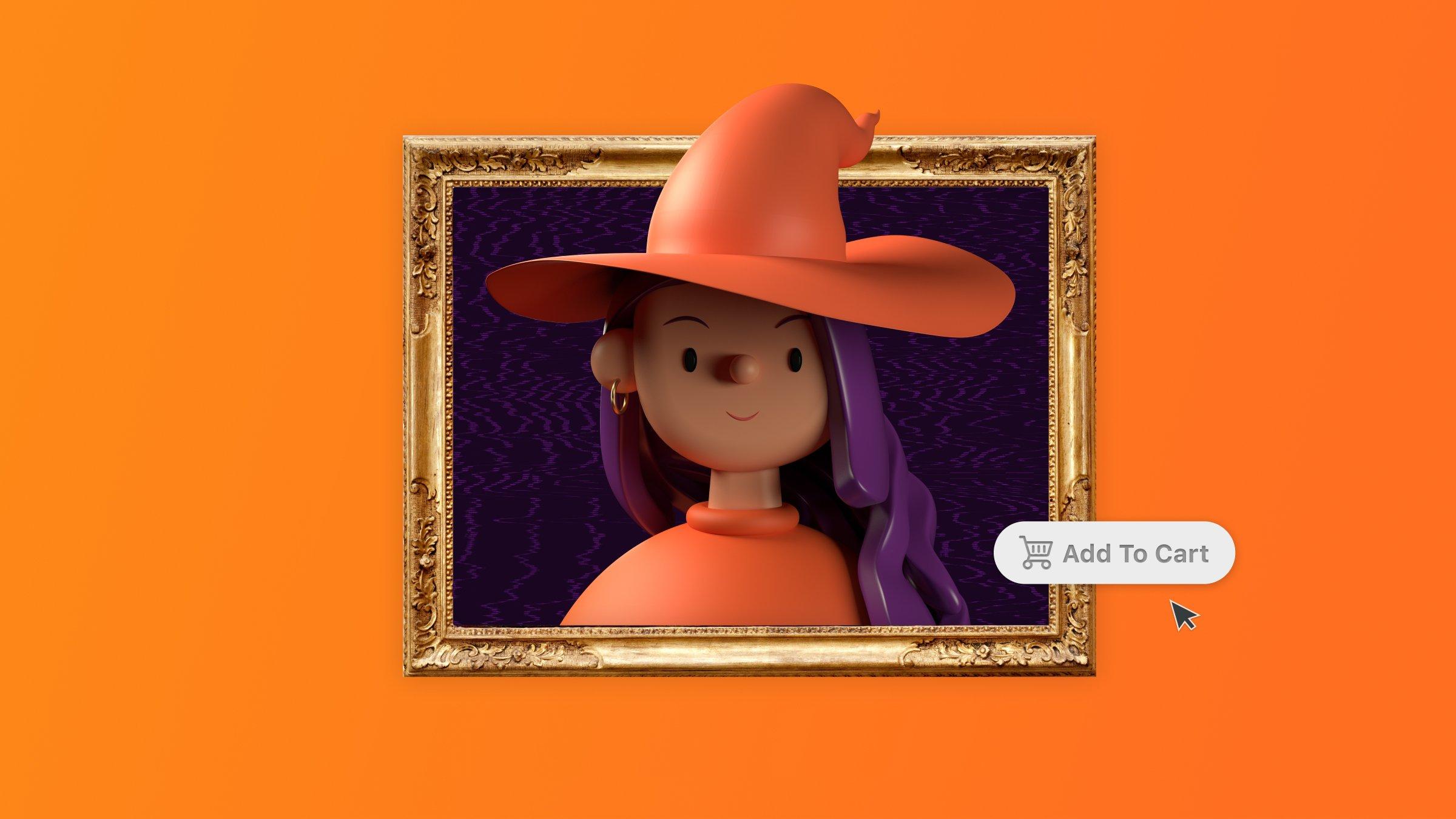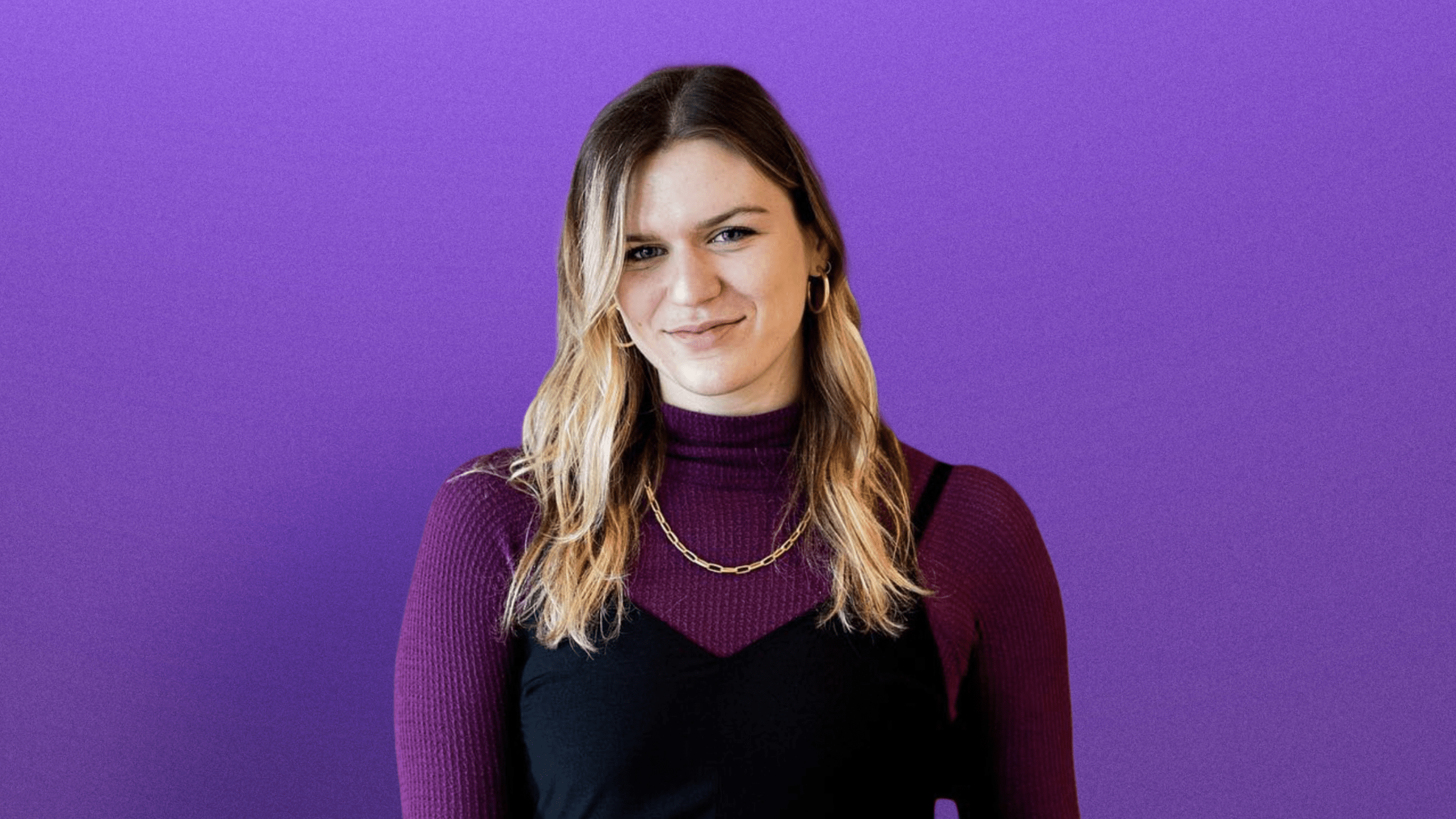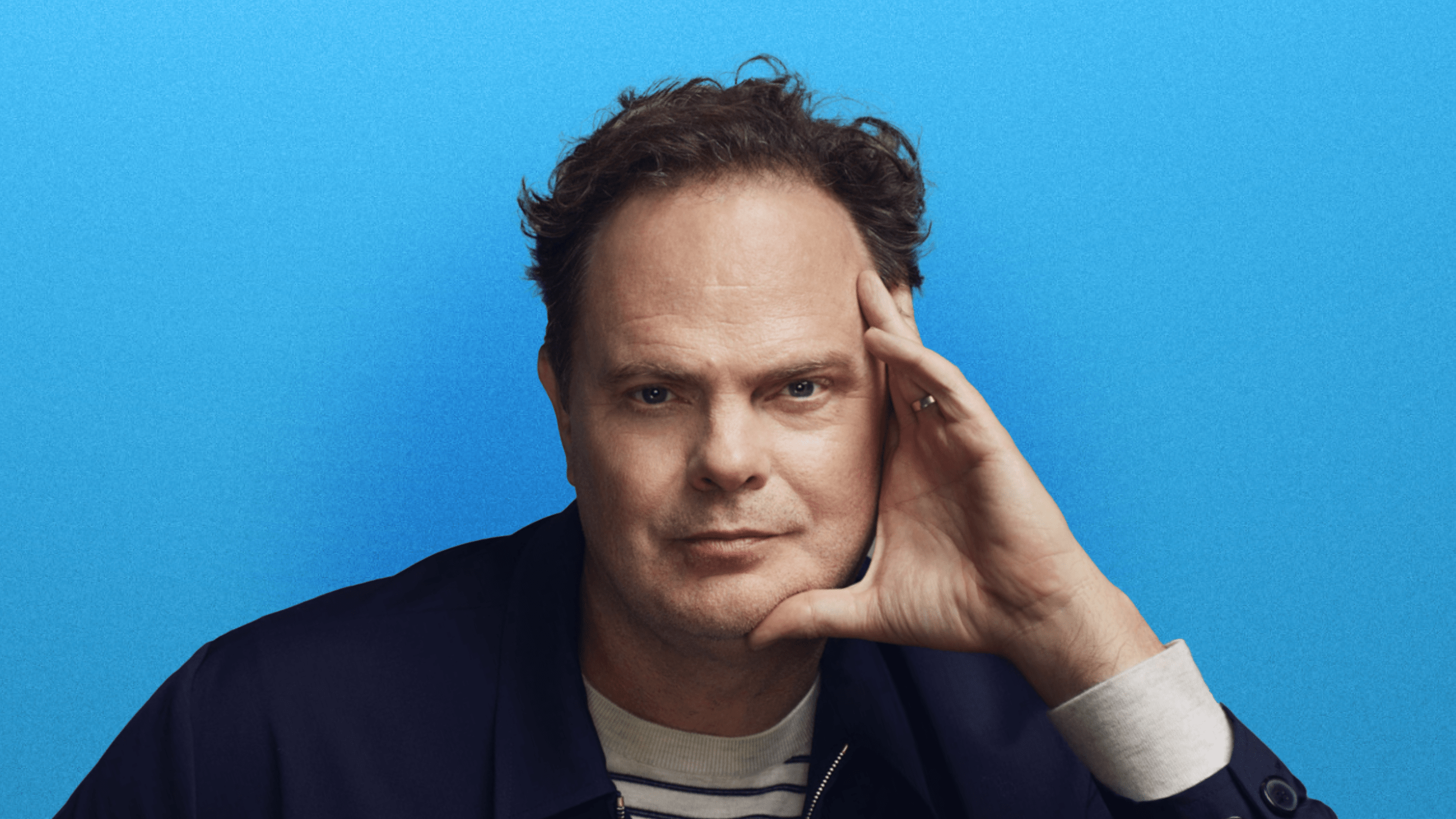Scratching your head about NFTs? You're not alone! We chat to 3D illustrator and NFT expert Amrit Pal Singh to get his perspective on this hot new trend...

Unless you’ve been living off grid over the last few months, you’ve probably heard the term “NFT” – the latest trend taking the digital art world by storm. NFTs (non-fungible tokens) are absolutely exploding online in 2021, with art collectors spending as much as $200 million on NFT-based artwork, memes and GIFs in the past month alone. In comparison, the industry generated just $250 million in total throughout 2020.
Both collectors and creators are investing big time in these digital artworks, shelling out huge amounts of money to own them. In fact, digital artist Beeple – also known as Mike Winkelmann – recently sold his NFT artwork ‘The First 5000 Days’ for a record-breaking $69 million – a figure that lands him in the top three highest-earning living artists alongside Jeff Koons and David Hockney.
While there’s no denying that NFTs are all the rage right now, the question still remains: what exactly are NFTs, and what opportunities do they offer for digital artists and creators?
What Are NFTs?
NFT stands for non-fungible token. Essentially, “non-fungible” means that the thing being traded – in this case digital art – is unique and can’t be replaced with anything else. This makes NFTs one-of-a-kind – a quality highly valued by the art industry.
NFTs are part of the Ethereum blockchain, which supports cryptocurrencies such as bitcoin. But this blockchain also supports non-fungible tokens, which are unique and therefore store more information than other ETH coins. NFTs can be anything digital – such as videos, photos, music, digital art, or a utility NFT, like Stack’s NFT which is tied to the startup’s unique browser.
How Can Digital Artists Benefit From NFTs?
For artists and digital creators, NFTs provide an alternative way to sell work which there otherwise might not be a market for. Artists can ‘mint’ their artworks as individual tokens – non-fungible tokens to be precise – which other people can then buy, sell or hold onto while they gain value (all while considering NFT taxes). NFTs also pay artists a percentage every time the NFT is sold or changes hands, so the original digital artist continues to reap the benefits of the work’s success.
What Are The Issues With NFT?
While there are undoubtedly many benefits to NFTs for digital art, it’s still important to tread carefully. Art collectors can purchase your artwork as an NFT, but your tokenised artwork is still technically the same as every other version of it – meaning that aside from the NFT label, there isn’t really anything that sets it apart from any other copies of the work in question.
So, although NFTs are all about minting your work as a totally unique piece of art, be wary that it’s still possible for people to tokenize your work and claim it as their own for profit.
It’s also important to note the environmental impact and carbon footprint of NFTs, with Bitcoin mining alone generating around 37 million tonnes of CO₂ every year.
Advice On Working With NFTs
Want to know what to expect with NFTs? Elements author and digital artist Amrit Pal Singh – best known for his unique 3D illustrations and ‘Toy Faces’ series – has plunged headfirst into the trend, and is making quite a splash. Illustrating the likes of Daft Punk, Vincent van Gogh and Frida Kahlo, Amrit has had a fair bit of success selling his distinctive, quirky artworks as NFTs.
Hi Amrit! In your own words, what are NFTs and how do they work for digital art?
In a nutshell, blockchain technology makes it possible to generate (or mint) a digital token that’s unique and can’t be replicated. This token can be transferred from person to person like an object in the physical world. Unlike regular digital files, a non-fungible token (NFT) can’t be copied or owned by multiple people.
Now here’s the interesting part: you can associate this token with a regular digital file (image, video, mp3, or anything), and that token – when combined with the file – makes it totally unique.
The digital file can be copied, but the token is unique.
This has allowed for the sale, auction, and trade of digital art (digital file + token) because now it’s unique and traceable. Several platforms let artists create (mint) these tokens called NFTs (non-fungible tokens) and put them up for auction by associating them with a digital file like an image, video, or MP3.
NFTs are like a work of art, and as the artist you own the copyright of the art. The collector then gets to collect the art and re-sell it if they want to.
How do NFTs benefit you as a digital artist?
NFTs are probably the best way to monetize digital art at the moment. You make money on the sale of your NFT, and the fascinating part is you also get a percentage on the secondary sale of the artwork. This is a great way to sell your personal projects or create something new and thrive as an artist.
How have NFTs helped you grow your career as an artist?
Throughout my career, I’ve been making design assets and doing client projects as a 3D illustrator. Now, I can also sell my illustrations as a work of art which is a huge deal for me personally. My Toy Faces Library started as a design asset, and is now being sold as an NFT, one Toy Face at a time. That’s very empowering because of the love it’s getting from the community and collectors.
What have been the biggest highlights of selling NFTs so far? Which ones are you most proud of?
The first ones were very personal to me as they were Toy Faces of my favorite artists Vincent van Gogh and Frida Khalo, which sold for 3.9 and 3.7 ETH each (approximately $6,000 – $8,000 USD). Apart from that, Daft Punk I and II are my most valuable NFTs, as both of them were sold for 15 ETH (approximately $29,000 USD) to an anonymous bidder.
What’s your advice for others wanting to get started with NFTs?
You need a community that believes in your work. Don’t rush into making an NFT – take some time to understand the market. Engage with people on social media. If you have no community or followers, it’s extremely hard to sell. Think of ways you can be an active member of the digital art community and then, when you feel ready, mint your artwork.
NFTs have been around for years and they’re not going anywhere. Don’t rush just because you feel it’s a bubble and you want to cash in before it bursts. It’s not as simple as uploading an image and people start bidding. A lot of my first bidders were my clients or people I knew.
Also, keep an eye on the trend, but be true to your style.
Your career is absolutely thriving right now! What are your top tips for becoming a successful digital artist?
Good-quality work is a given. In addition to that, you need to be active in sharing your work, your process and most importantly your knowledge.
Try building a community around your work by opening up and honestly sharing your experience. Making people aware of your work is your responsibility – no one else is going to do it for you. So start as soon as you can because it is part of the job whether you like it or not.
Feeling inspired? There’s more where that came from! Get to know more about Elements author Amrit Pal Singh in his interview on 3D illustration, or head over to Envato Elements and start creating today!









